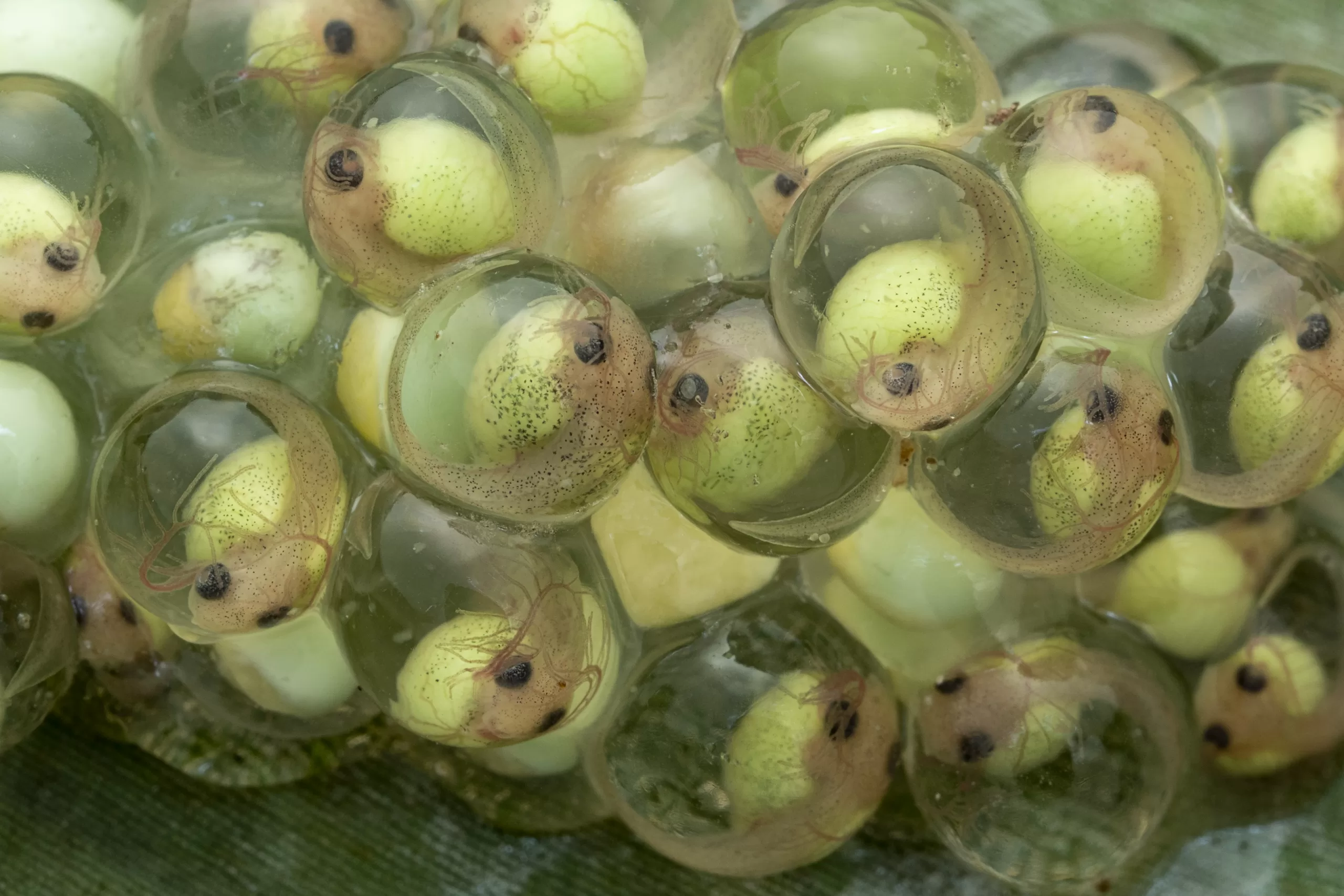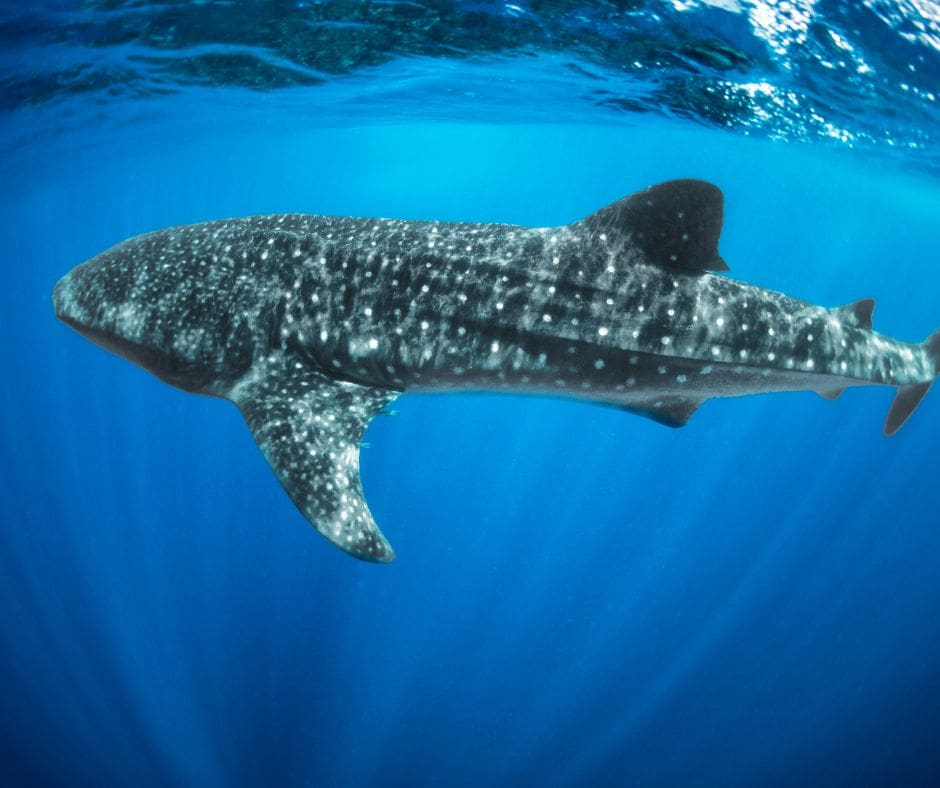
Red-Eyed Tree Frog Embryos: Nature’s Marvels
Red-eyed tree frog embryos, scientifically known as Agalychnis callidryas, possess a remarkable level of complexity and development even at their earliest stages. These fascinating creatures inhabit the tropical rainforests of Central and South America and undergo a unique reproductive process. It is truly intriguing to explore the intricate behavior, communication, and adaptation strategies employed by red-eyed tree frog embryos within their eggs.
Starting from their eggs, red-eyed tree frog embryos exhibit an astonishing degree of resilience and adaptability. These embryos possess the ability to sense environmental cues through specialized receptors, allowing them to respond to external stimuli such as light, temperature, and humidity. Research has shown that red-eyed tree frog embryos can adjust their development rate in correlation with temperature variations surrounding their eggs. Furthermore, they are capable of adjusting their camouflage within the translucent egg depending on the lighting conditions outside, providing them with a higher chance of survival by evading potential predators.
Moreover, red-eyed tree frog embryos engage in complex communication within their eggs. Through the use of chemical signaling, these embryos can communicate vital information to their siblings and coordinate various activities. This communication can range from signaling the presence of potential threats to coordinating hatching, ensuring synchronized emergence from the eggs. Additionally, studies have revealed that embryonic communication enhances the overall survival rate, as it allows the embryos to collectively respond to changes in their environment and optimize their chances of survival.
The embryos of red-eyed tree frogs display an immense degree of adaptability in response to their surroundings and potential threats. It has been observed that when detected by predators, such as snakes or wasps, the embryos will respond by altering their behavior and releasing a defensive chemical that discourages the predator from attacking their eggs. This sophisticated defensive mechanism highlights the intelligent and adaptive nature of red-eyed tree frog embryos, proving that even at this early stage of development, they possess strategies to increase their chances of survival and contribute to their species’ evolution.
The intelligence and comprehension of red-eyed tree frog embryos are truly astonishing. These tiny organisms exhibit advanced abilities to respond to their environment, communicate within their eggs, and adapt to various threats. Through their impressive development and survival tactics, red-eyed tree frog embryos showcase the extraordinary complexity of nature even at the earliest stages of life. The study of these embryos provides us with invaluable insights into the intricate workings of the natural world and the resilience of life itself.




